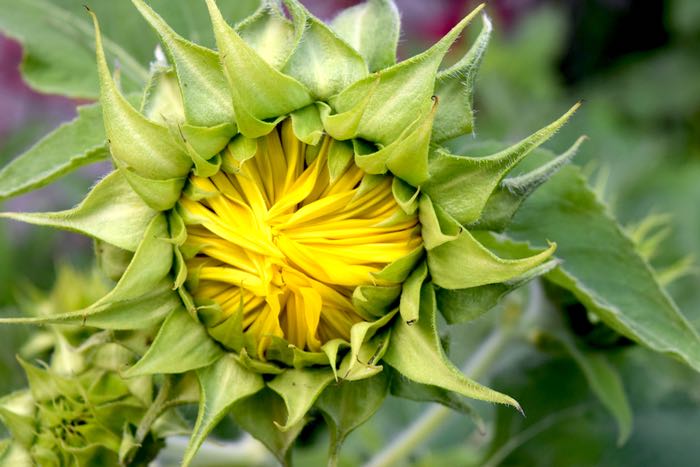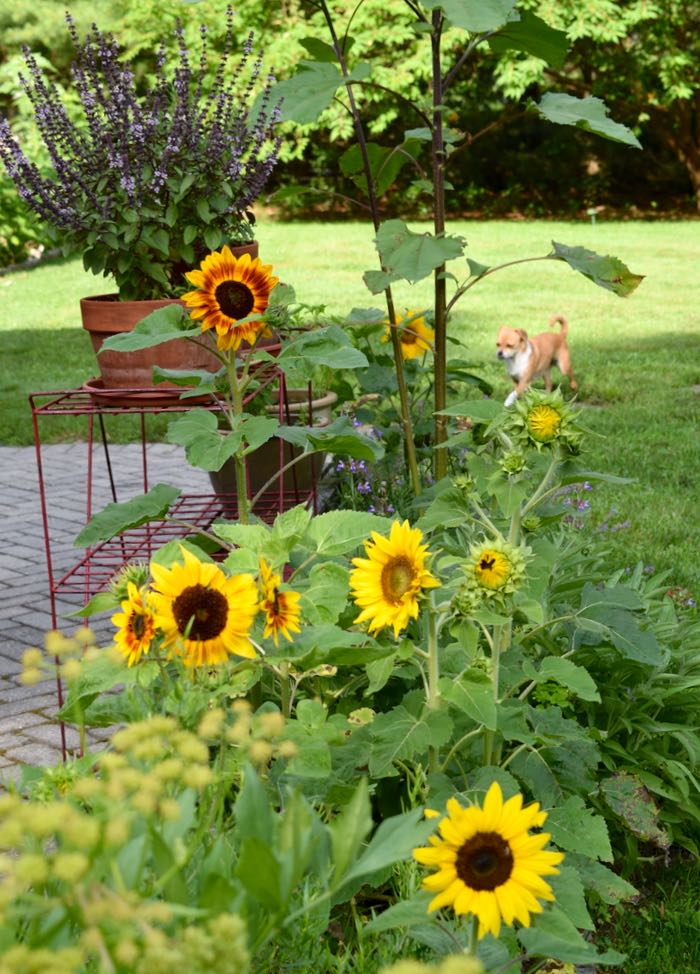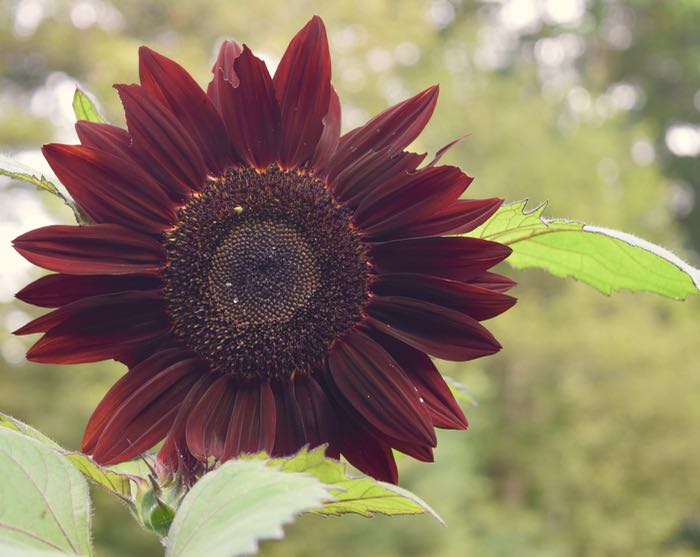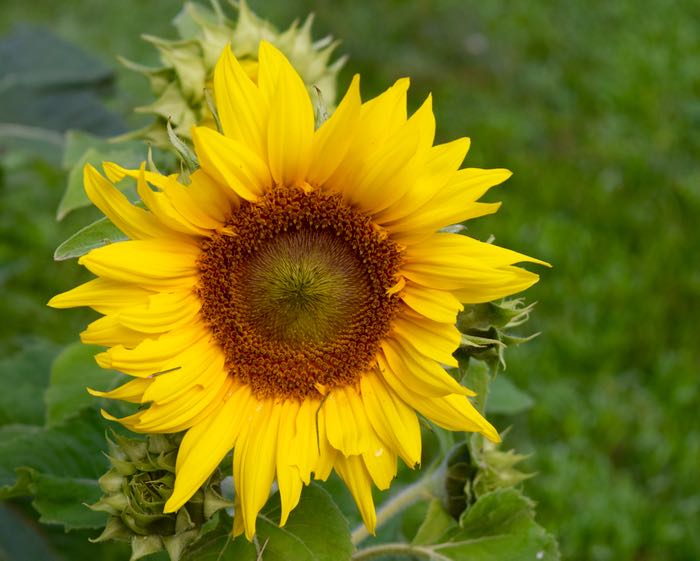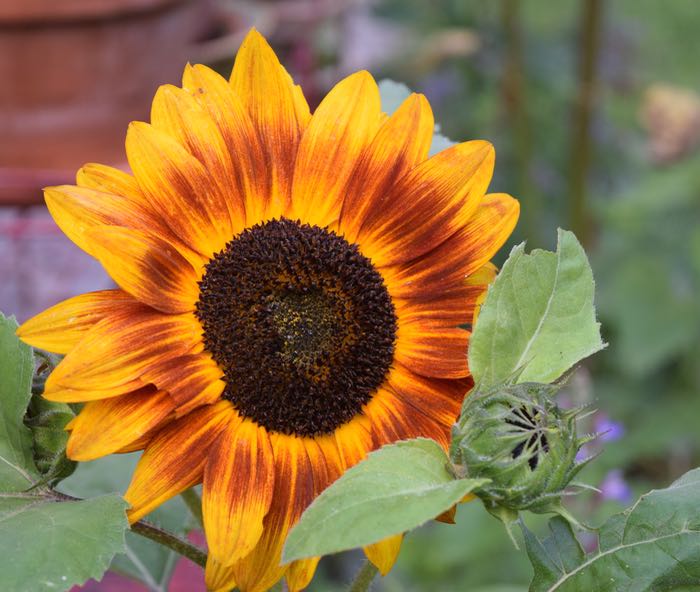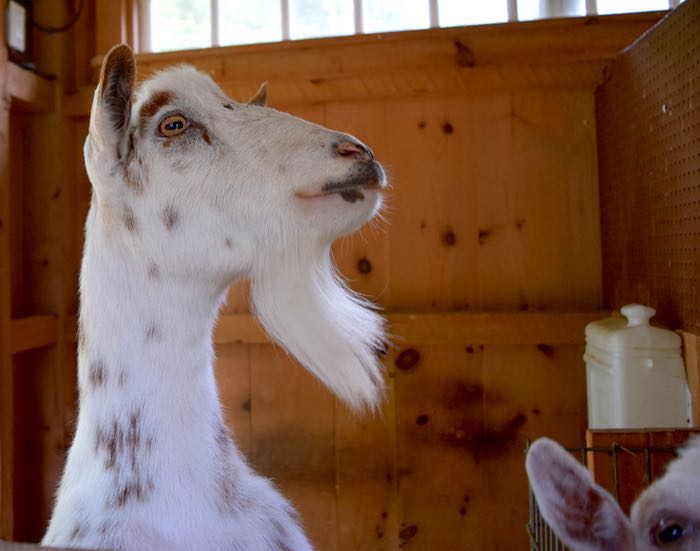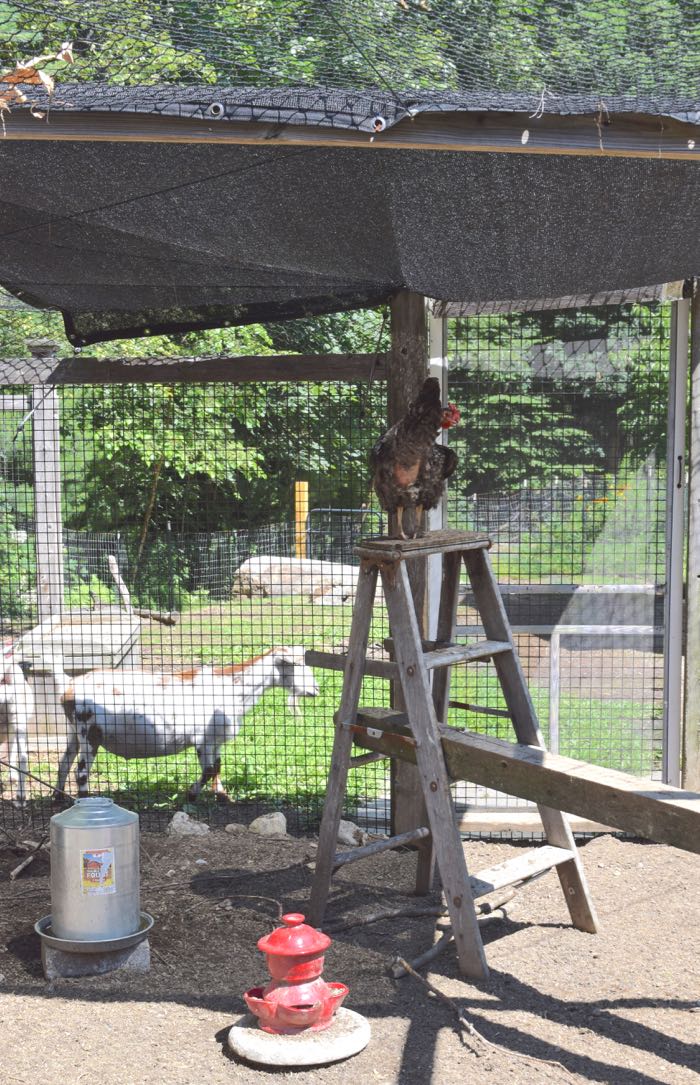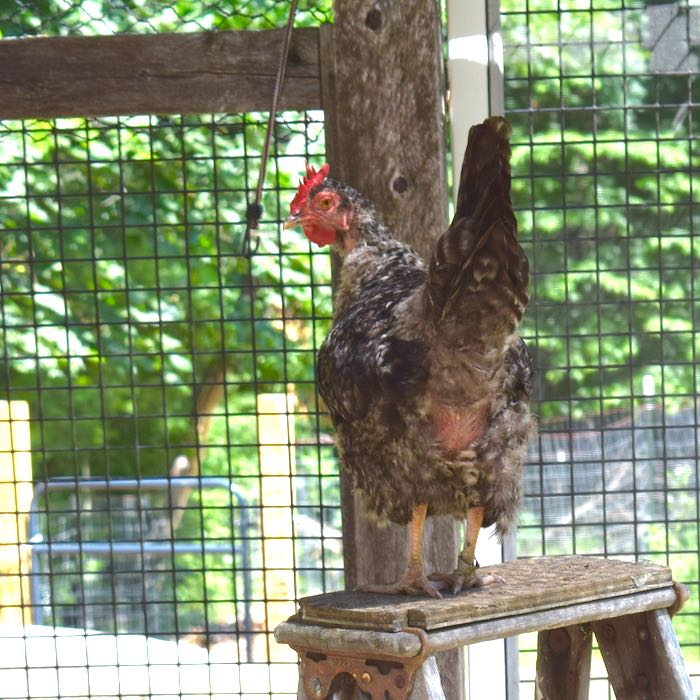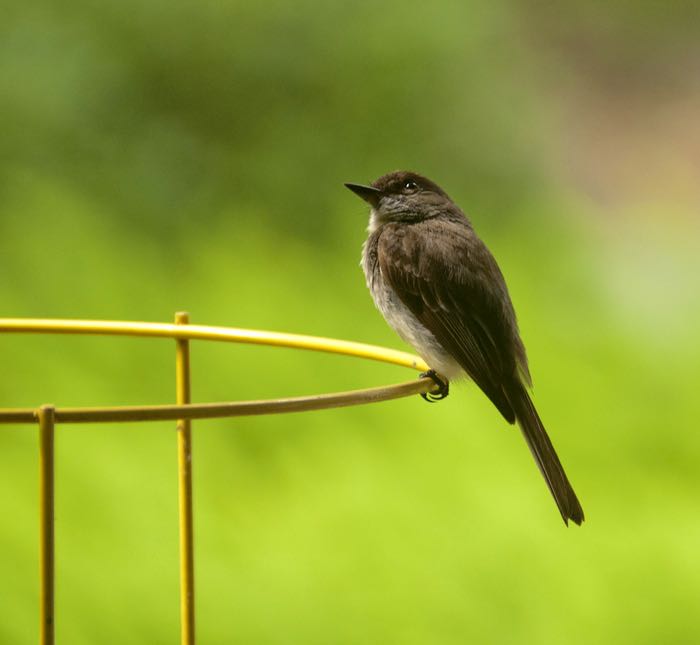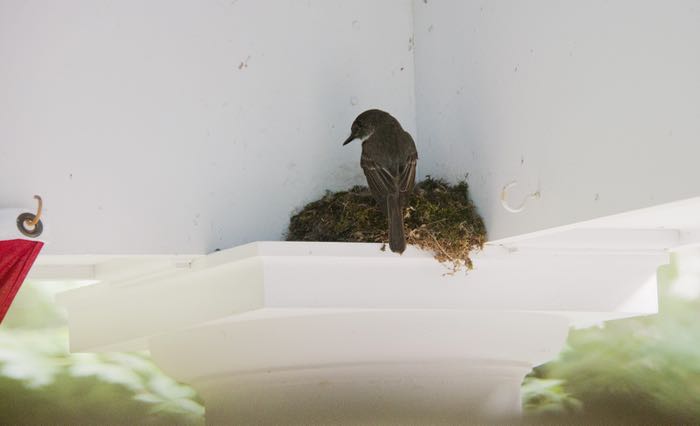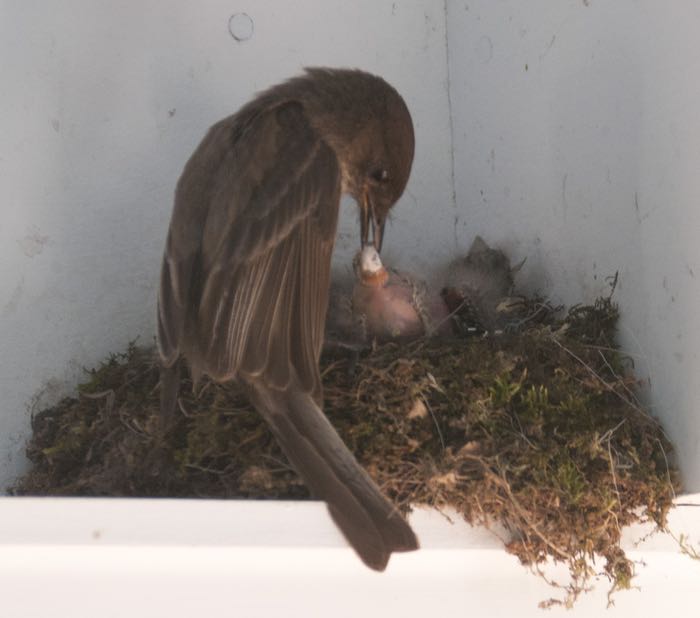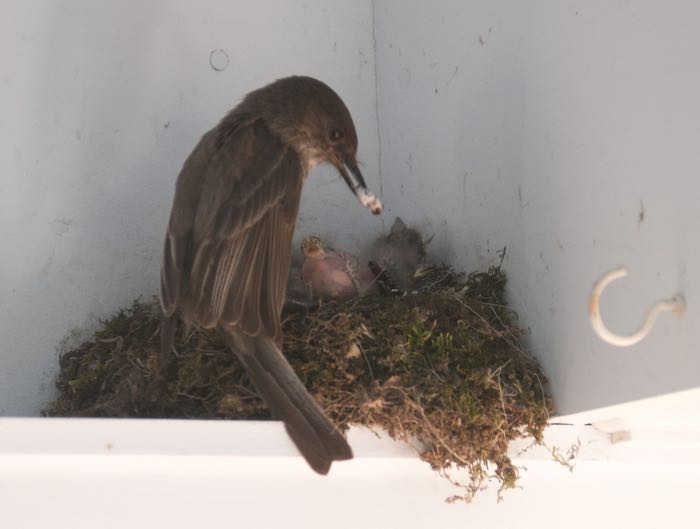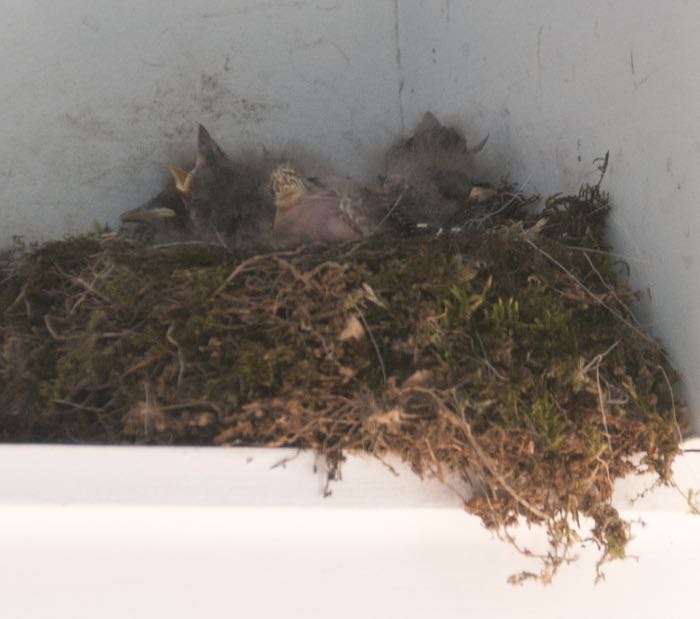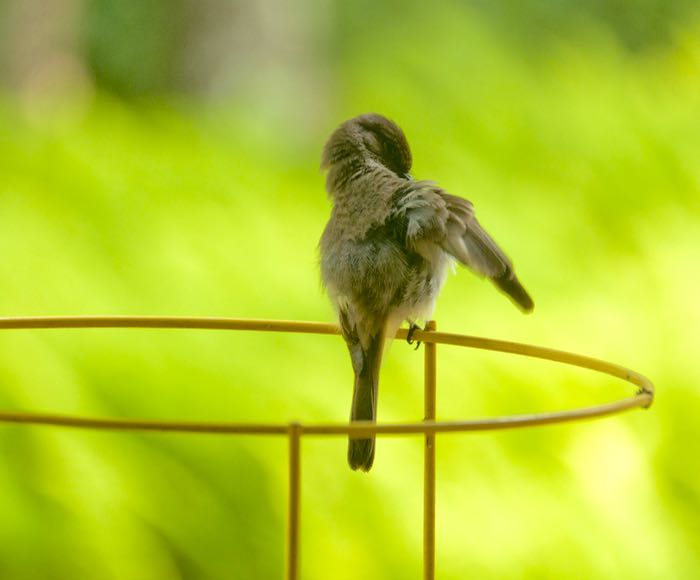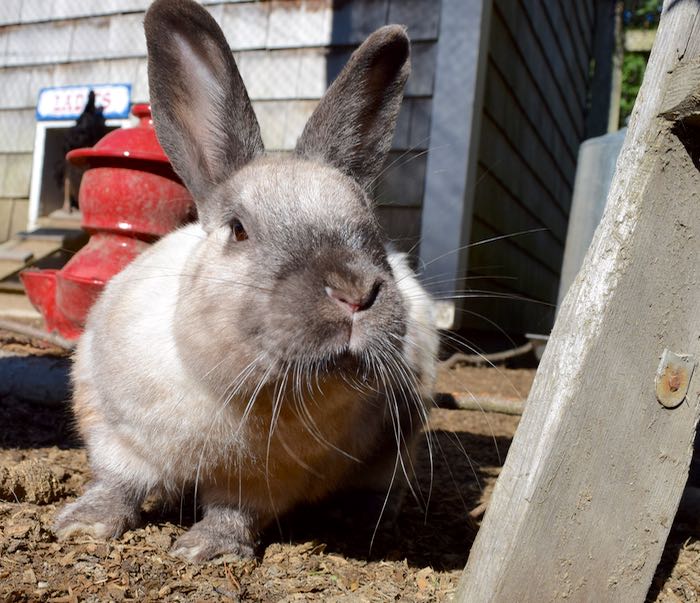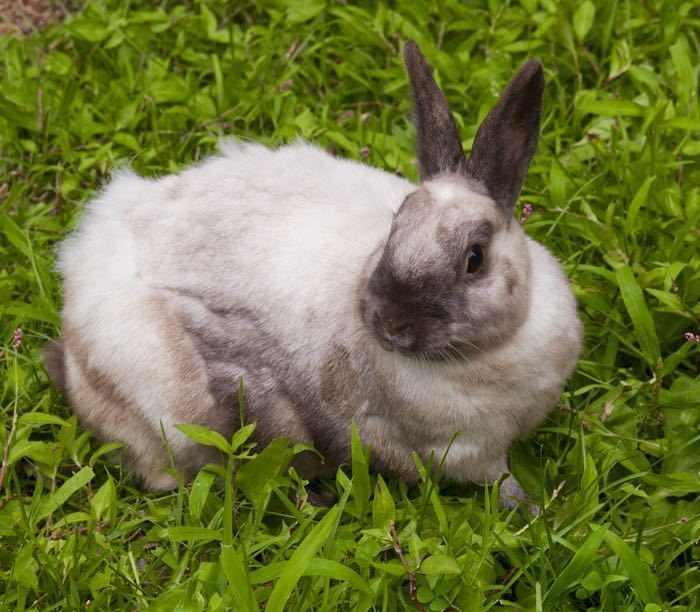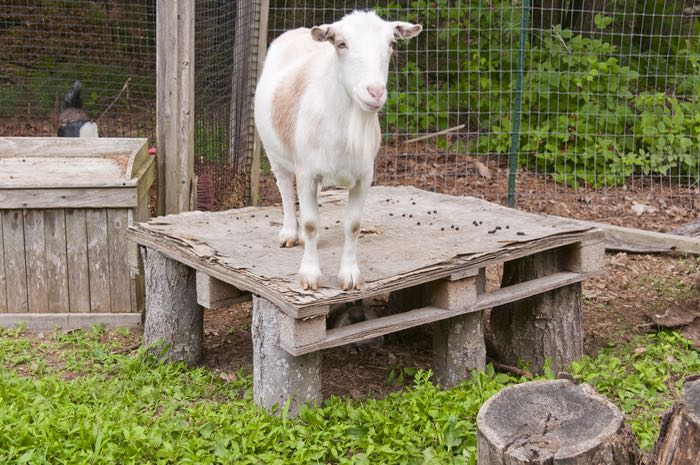It’s the last day of Phoebe Week, but I promise you that there will be more posts about the birds that have taken up residence on my front porch.
We’ve watched these slight little birds with the funny tufts of feathers on their heads,
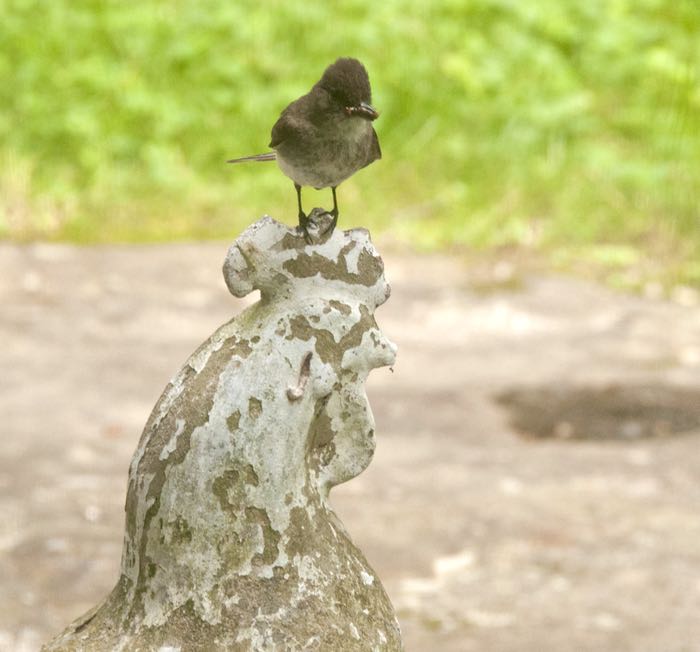
build a stunningly beautiful nest and lay eggs the size of nickels.
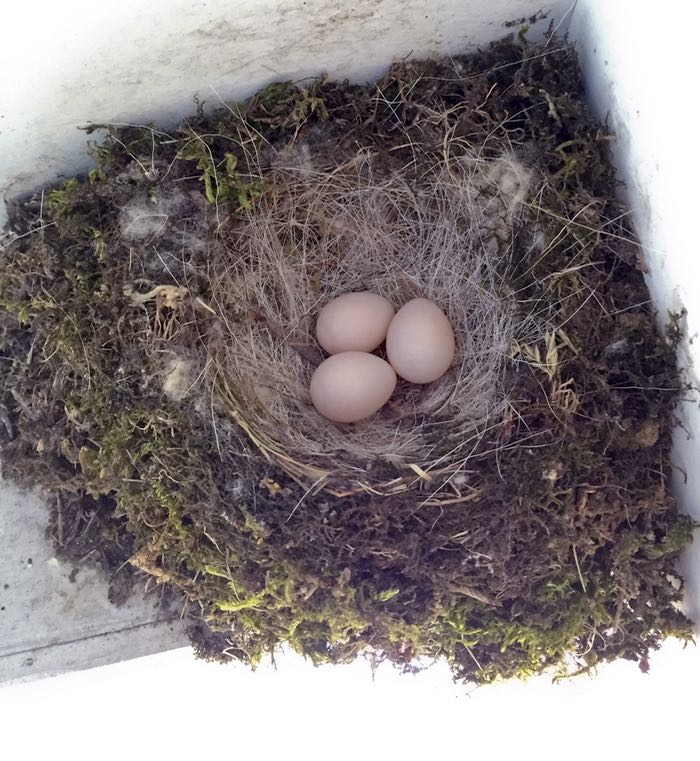
Each day, in succession, another perfect egg was laid until there were five. They all hatched successfully.
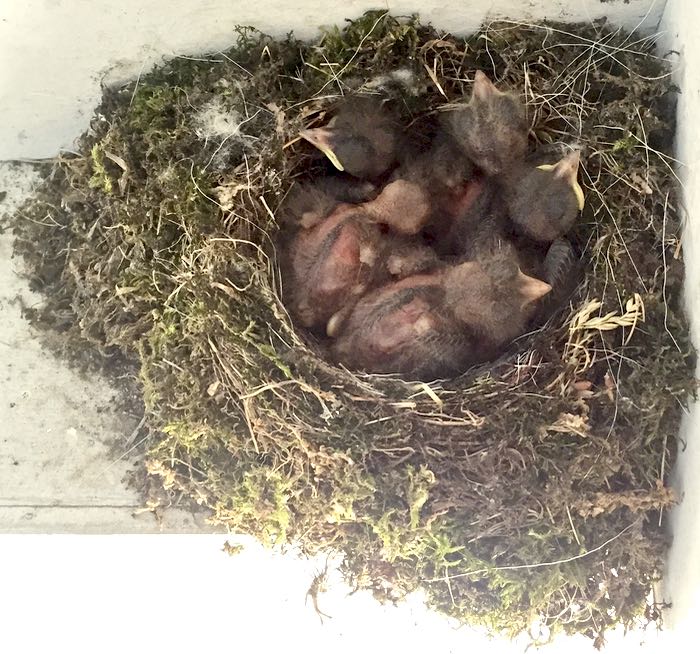
I can’t say that the hatchlings were as pretty as the eggs, but no matter, even better, they show off their dinosaur ancestry. In five days they transformed from bare, wobbly, eyes-sealed-shut, helpless beings to these voracious and demanding creatures.:
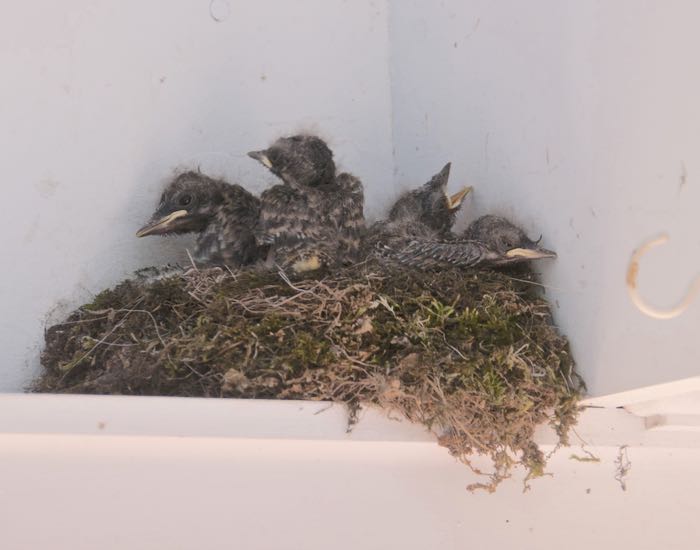
Soon, they’ll leave the ledge on the porch.
Then these Eastern Phoebes will enter the wide world.
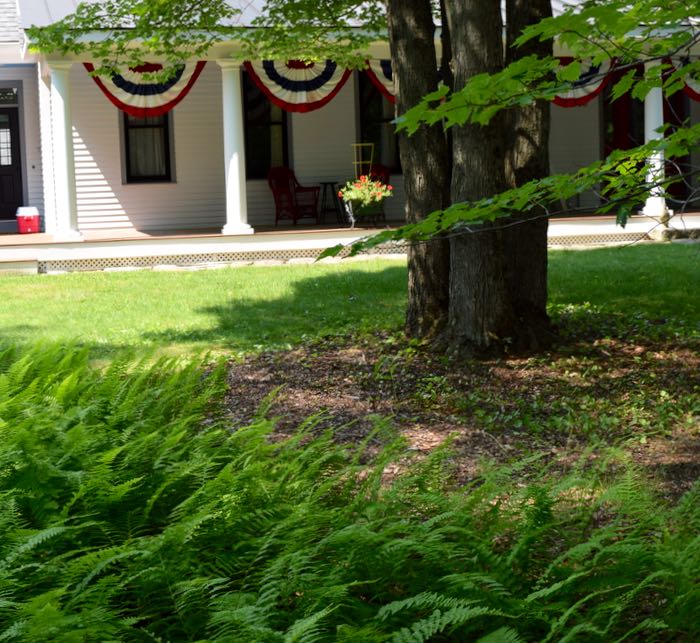
It’s not simply a bigger space, with food to find. It’s a community, and not just of other Phoebes. Birds are aware of and know other species of birds. They’re familiar with the squirrels and the chipmunks. The birds in my yard know my dogs and my goats. They know me. There’s a wonderful book, What the Robin Knows, that gives insight into these communities of animals and how birds relate to them and to each other. Once you, the human, knows what to look for, a whole world of interactions opens up to view.
Over the last couple of weeks, watching the Phoebes, I realize that I have more questions than answers. When I do school visits, I tell the children to put on their science thinking hats, and they all pretend to tie a cap to their heads and then look at me with serious thinking faces. I then pose a question like, What do birds not have in their mouths? The answer is: teeth. Then the next question, How do they chew? The answer is: by swallowing rocks that go into the gizzard, which grinds food. As I watch the Phoebes, I put on my science thinking cap. The more that I watch the birds, the more I don’t know. Where do the parents sleep? If they reuse the nest, do they repair it for the next year. If so, how? If I remove the nest, will they rebuild in the same place? How far away do the Phoebes look for food? The survival rate for fledglings can’t be very high – if it were we’d be overrun with Phoebes (ten babies a year!) What’s the biggest risk? Do the ones that do live stay in the neighborhood? Do they return home after they migrate in the fall? Have you read a book that answers some of these questions? Do you have a natural history book to suggest for my summer reading list? It doesn’t have to be about birds. I recently read Octopus! The Most Mysterious Creature in the Sea by Katherine Courage. Now that’s an animal I’d like to get to know.
